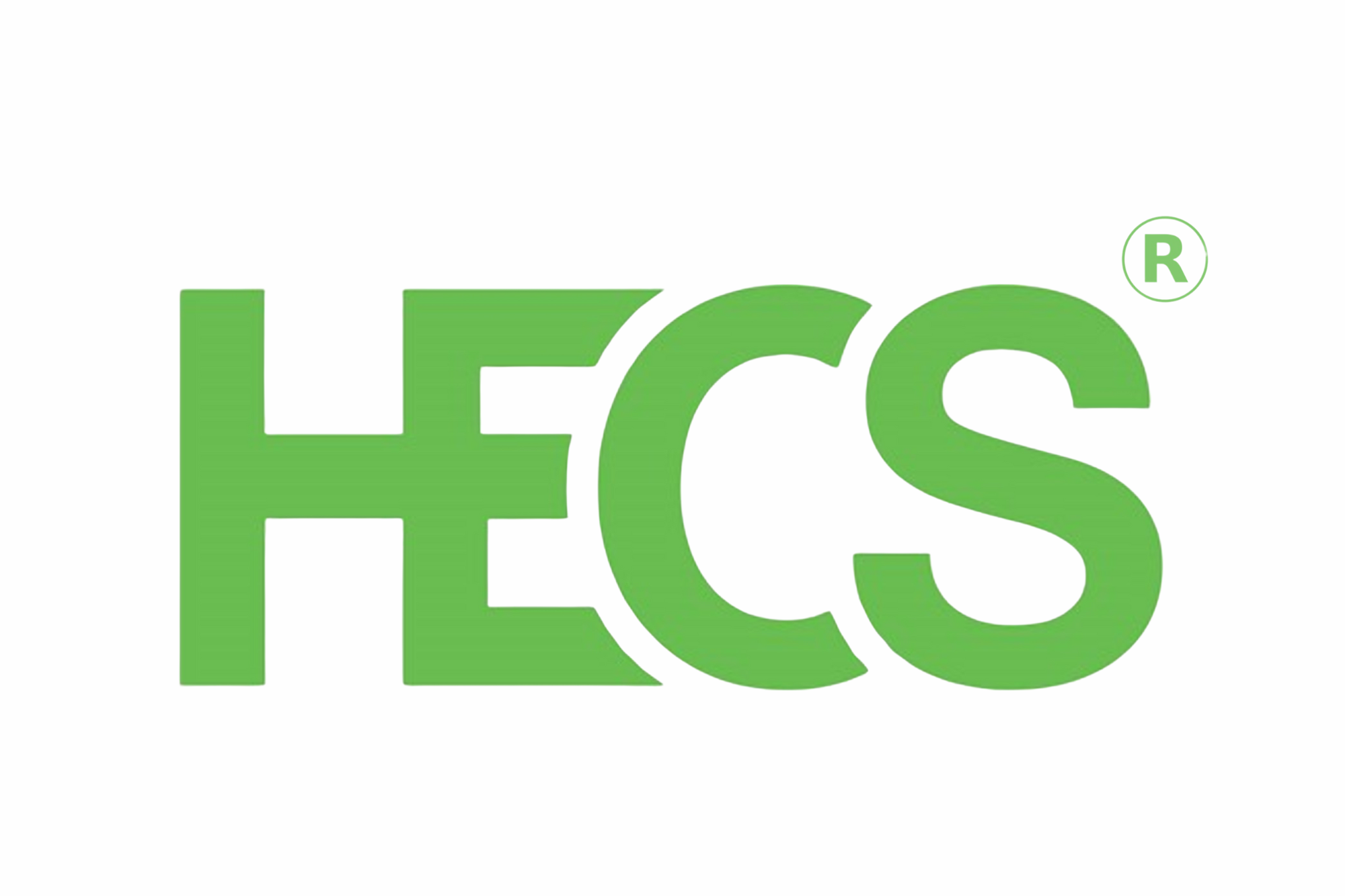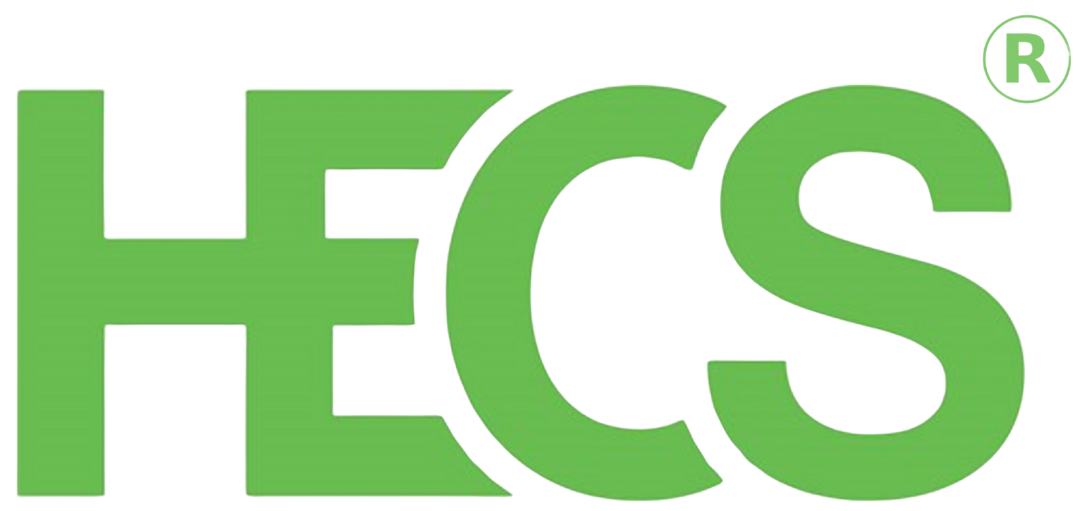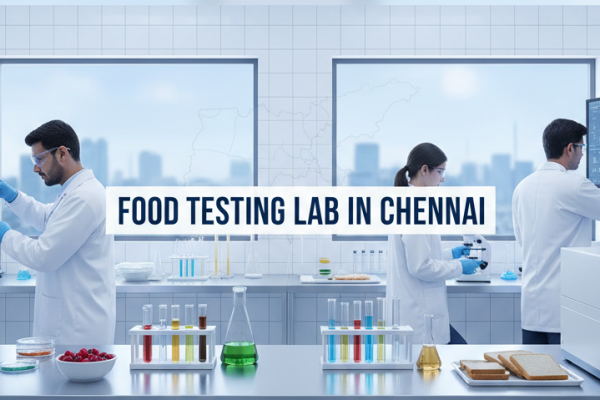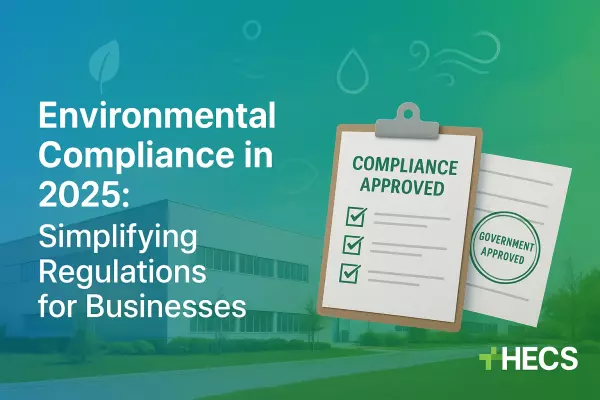
Green Buildings 2025: Top Trends in Sustainable Architecture
Green Buildings 2025 are reshaping the architecture and construction industries as the world races to combat climate change. Driven by urgent climate imperatives, evolving ESG mandates, and increasing consumer demand, sustainable building practices have moved from niche to mainstream. Today, eco-friendly commercial complexes, green houses, and innovative urban planning solutions dominate industry conversations, setting the stage for a truly transformative era.
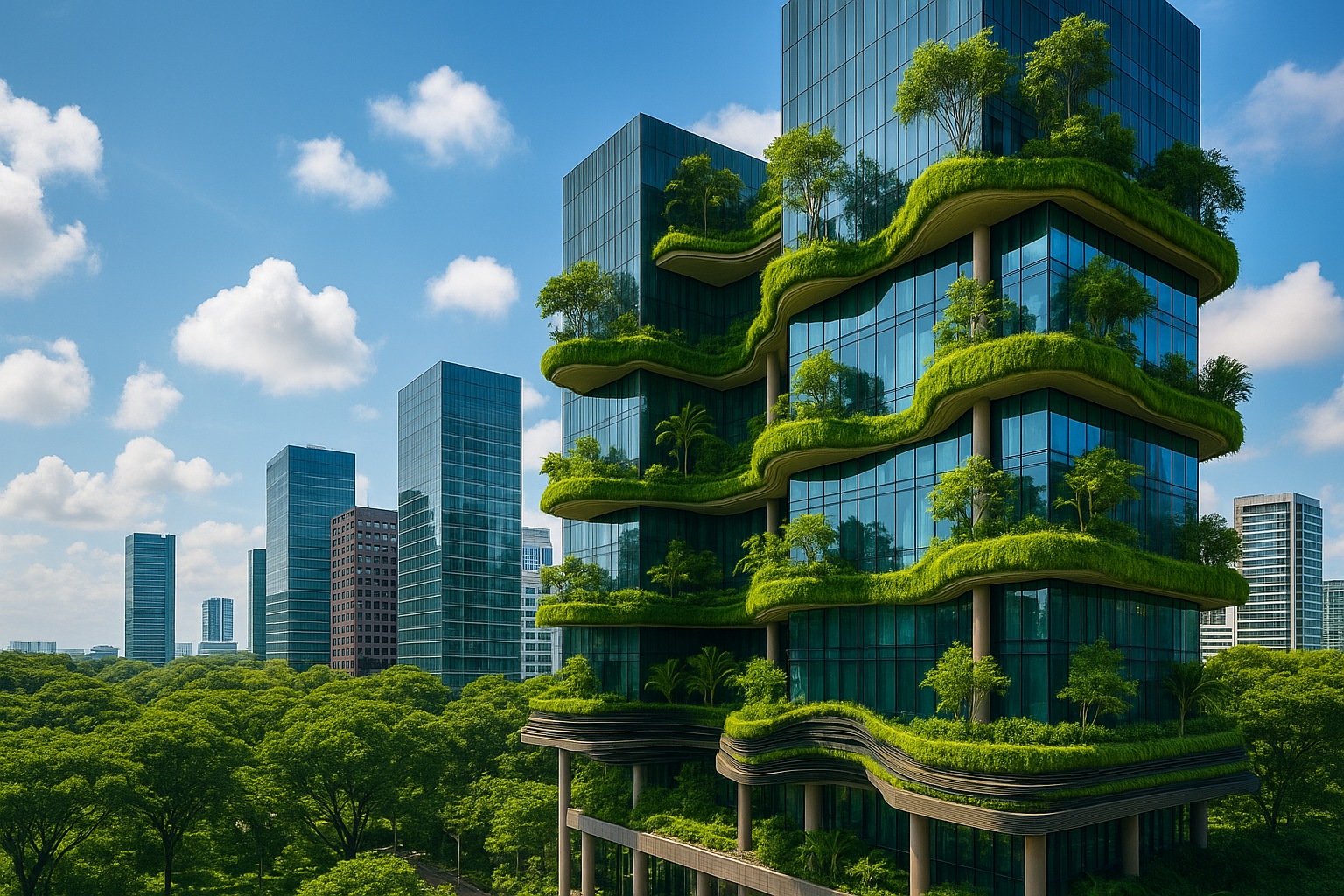
Unlocking Energy Efficiency & Smart Technologies for Tomorrow’s Urban Spaces
Green Buildings 2025 are reshaping the architecture and construction industries as the world races to combat climate change. Driven by urgent climate imperatives, evolving ESG mandates, and increasing consumer demand, sustainable building practices have moved from niche to mainstream. Today, eco-friendly commercial complexes, green houses, and innovative urban planning solutions dominate industry conversations, setting the stage for a truly transformative era.
This blog explores key trends in sustainable architecture for Green Buildings 2025, including net-zero energy, water-wise design, circular construction, smart innovations, and health-centric design. Whether you're an architect, developer, or sustainability enthusiast, discover how these trends shape a greener future and why partnering with HECS is a smart choice.
1. Net-Zero Energy Buildings: Revolutionising Clean Energy Integration
The concept of net-zero energy buildings has rapidly gained traction. These structures are designed to produce as much energy as they consume, ushering in a new era of energy self-sufficiency. Today’s innovative designs incorporate advanced biogas and waste-to-energy systems, ensuring minimal environmental impact and maximum energy efficiency.
How It Works:
Biogas & Waste-to-Energy Systems:
Modern biogas digesters convert food waste and agricultural by-products into clean energy, reducing landfill waste and lowering carbon footprints. Advanced waste-to-energy systems further optimise energy use for sustainable buildings.
Innovative Renewable Energy Systems:
HECS utilizes cutting-edge technologies like UASB reactors, fixed dome digesters, and modified Deenbandhu models to generate clean energy. Custom-designed gas scrubbers, including venturi and packed bed scrubbers, remove up to 80% of harmful emissions like H₂S and NH₃.
Zero Liquid Discharge (ZLD):
HECS pioneers water conservation with ZLD systems that recover 95% of wastewater. By integrating reverse osmosis, multi-effect evaporators, and solar drying beds, these systems prevent liquid waste from harming the environment.
Why Net-Zero Energy is a Game Changer for Green Buildings 2025
Slashes energy bills by 30–50%.
Reduces reliance on fossil fuels, aligning with global climate goals.
2. Water-Wise Architecture: Innovating Sustainable Water Management
With global water scarcity on the rise, sustainable water management is more important than ever. Water-wise architecture focuses on designing systems that optimise water usage and promote recycling and reuse.
Key Water-Wise Strategies:
Packaged Sewage Treatment Plants (STPs):
Compact, modular STPs using advanced biological processes such as MBBR, SBR, and MBR technologies treat water on-site for eco-friendly houses, malls, and townships. By enabling greywater reuse for landscaping and flushing, these systems significantly reduce freshwater consumption.
Effluent Treatment Plants (ETPs):
Industries such as textiles, pharmaceuticals, and chemicals require specialized water treatment solutions. HECS provides ETPs that incorporate primary clarifiers, aeration tanks, and tertiary filtration to ensure compliance with strict CPCB norms.
Drinking Water Plants:
Modern water treatment solutions include ultrafiltration (UF) and reverse osmosis (RO) systems that transform wastewater into potable water. These systems adhere to WHO standards, ensuring safe and clean drinking water for communities.
Real-World Impact:
A Tamil Nadu textile unit saved ₹1.2 crore/year using HECS’s ZLD system, cutting freshwater use by 60%.
3. Circular Construction: Embracing a Zero-Waste Economy
Circular construction principles are reshaping the industry by emphasizing resource efficiency and waste minimisation. This approach transforms traditional construction processes, ensuring that every material is reused or recycled.
Circular Economy Innovations:
Prefabricated STPs & ETPs:
The prefabrication of sewage and effluent treatment plants significantly minimizes on-site construction waste. Factory-built, plug-and-play systems can reduce waste by up to 90%, enabling faster project turnaround times and lower environmental impact.
Solid Waste Management:
HECS is pioneering waste-to-aggregate solutions where construction debris is recycled into reusable aggregates. This innovation not only diverts waste from landfills but also produces materials ideal for road construction and building foundations.
Plastic Waste Solutions:
With the introduction of pyrolysis plants, non-recyclable plastics are converted into fuel oil, effectively closing the loop on waste management. This conversion process supports a sustainable circular economy by transforming waste into valuable resources.
The Benefits of Circular Construction:
Achieve certifications like IGBC Green Factory and GEMI Zero Waste.
Lower lifecycle costs and environmental impact.
4. Smart Buildings: Integrating IoT and AI for Sustainable Solutions
Smart buildings, powered by IoT and AI, are transforming sustainable architecture for Green Buildings 2025. These technologies optimize energy use, improve water management, and predict maintenance needs, reducing costs and enhancing urban sustainability. By leveraging real-time data, smart buildings create efficient, adaptive, and eco-friendly cityscapes for the future.
How Smart Technologies Enhance Sustainability:
IoT-Enabled Systems:
Modern STPs and ETPs now come equipped with IoT sensors that monitor parameters such as pH, TDS, and flow rates in real time. These sensors are integrated with SCADA systems, allowing for proactive maintenance and optimal performance. This connectivity can reduce maintenance costs by up to 30%.
AI-Driven Predictive Maintenance:
By utilizing AI, building systems can predict failures before they occur, drastically reducing downtime. For example, HECS’s AI-powered monitoring system implemented at a Pune IT park reduced system downtime by 45%, ensuring smoother operations and lower operating costs.
Smart Grid Integration:
HECS’s innovative biogas-to-electricity systems are designed to integrate seamlessly with smart grids. This integration not only balances energy demand but also helps commercial complexes achieve a self-sufficient energy system that adapts dynamically to consumption patterns.
Key Advantages:
Smart buildings offer enhanced operational efficiency, reduced energy consumption, and improved user experience. The ability to monitor and adjust building systems in real time ensures that resources are used optimally, setting a new standard for sustainability in architecture.
5. Health-Centric Design: Prioritizing Indoor Environmental Quality
The future of architecture isn’t just about sustainability; it’s also about creating spaces that promote health and well-being. Health-centric design integrates the use of non-toxic materials, advanced air quality systems, and biophilic elements to ensure that occupants enjoy a safe and invigorating environment.
Health-Centric Design Elements:
VOC-Free Materials:
Volatile Organic Compounds (VOCs) commonly found in paints, adhesives, and furniture can adversely affect indoor air quality. HECS’s environmental laboratory rigorously tests materials to ensure compliance with the WELL Building Standard, certifying them as VOC-free and safe for indoor use.
Indoor Air Quality (IAQ) Solutions:
Advanced HVAC systems now integrate gas scrubbers designed to remove particulate matter and toxic gases. This technology not only improves air quality but also contributes to healthier living and working conditions.
Biophilic Design:
Biophilic design elements such as natural ventilation, green walls, and strategic daylight optimization help create spaces that reduce stress and enhance overall well-being. These elements are now a staple in modern sustainable design, ensuring that buildings are as nurturing as they are efficient.
Impact on Occupant Health:
By prioritizing health-centric design, architects and developers can significantly improve occupant comfort and productivity. Clean indoor air and natural lighting are essential for creating spaces where people thrive, making health-centric design a critical component of modern sustainable architecture.
Why Choose HECS for Green Buildings 2025?
HECS delivers end-to-end sustainability solutions for architects and developers:
✅ 25+ Years of Expertise: LEED, BREEAM, and GRIHA-certified projects.
✅ Cost Savings: 30–50% reduction in water/energy bills with ZLD and biogas systems.
✅ Smart Tech: IoT-driven STPs and AI predictive maintenance.
✅ Regulatory Mastery: Compliance with EIA 2025, CPCB, and global standards.
Conclusion: Transform Your Project with HECS Today
Sustainable architecture is no longer optional—it’s essential. From net-zero energy complexes to health-centric urban spaces, Green Buildings 2025 demand innovation. Partner with HECS for:
Advanced renewable energy systems.
Advanced water treatment and waste management.
Guaranteed ROI and regulatory compliance.
Ready to Elevate Your Project?
Contact HECS at +91 44 35391255 or [email protected] to explore green building solutions that maximise energy efficiency, sustainability, and ROI.
Partner with HECS—where smart technology meets eco-friendly innovation. Transform urban planning with industry-leading expertise and cutting-edge environmental solutions. Invest in a greener future today!
FAQ's
Net-zero energy buildings, biophilic design, AI-driven energy optimization, circular construction (reusing materials), and carbon-negative materials dominate 2025’s green building trends.
Net-zero buildings produce as much renewable energy (via solar, wind, etc.) as they consume, using advanced insulation, smart grids, and energy-efficient systems to achieve zero carbon footprints.
Biophilic design integrates natural elements (plants, natural light, water features) into buildings to improve mental health, air quality, and energy efficiency—a key trend for 2025’s sustainable spaces.
Initial costs can be 5-10% higher, but long-term savings from energy efficiency, tax incentives, and lower operational costs make green buildings 20-30% cheaper over their lifecycle.
Target LEED Platinum, BREEAM Outstanding, or WELL Building Standard—these certify energy efficiency, health-focused design, and sustainability, boosting property value and marketability.
AI optimizes energy use (smart HVAC systems), predicts material performance, and designs buildings for minimal waste, making it a cornerstone of 2025’s eco-tech innovations.
Yes! Retrofits like solar panel installations, smart windows, and greywater recycling systems can upgrade older buildings to net-zero or carbon-neutral status.
Solar skins, wind-integrated facades, and geothermal heating will power buildings independently, reducing reliance on fossil fuels by 40-60% in 2025 projects.
Non-toxic materials, improved air filtration, and biophilic elements reduce respiratory issues, stress, and fatigue, aligning with 2025’s focus on wellness-driven design.
High upfront costs, regulatory gaps, and material shortages, though innovations like 3D-printed recycled concrete and policy shifts aim to overcome these hurdles.
Share this post:

